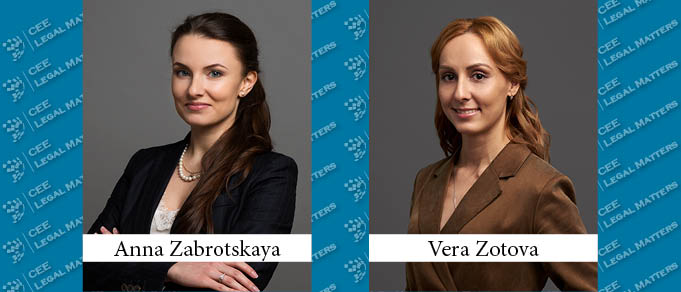The influence of digital technologies on all spheres of life is currently on the increase. This has led to intellectual activity appearing in a variety of digital formats. One of them is the Non-Fungible Token (“NFT”).
NFT technology is a unique token that cannot be forged, split or discreetly replaced. This technology is increasingly in demand by creators as it allows them to fix their works in a protected digital form.
Whether or not the original work is created in a digital or material form, it can be transformed into NFT format. In the case of an originally material piece of work such as, for example, a painting or hand-made item, it can first be converted into a digital format via the taking of a photo, after which it can also be transformed into NFT format.
There are several platforms for the transformation of creative works into an NFT. Examples are OpenSea, Rarible and MakersSpace, among others. One remarkable example of NFT usage would be when 5000 photos by the artist Beeple were put into one picture, which was then converted into an NFT.
One of the main interests of creators is the commercialization of their works, which can be achieved by the sale of works in NFT form through the aforementioned platforms or one’s own websites. For example, the NBA sells its NFT top shoot drop packs on the website https://nbatopshot.com/.
The most common method of the legal regulation of relations between an exclusive right holder and customer is concluding an agreement for an exclusive or non-exclusive license. An exclusive license grants to only one user the right to use a creative work within the limits specified in the agreement. A non-exclusive license is more widespread and can grant the right to use the same work to several users.
When purchasing an NFT work, the user obtains a digital certificate to the work, which is an encrypted code recorded in the blockchain and related to the work; the certificate provides the user with access to the work, as well as with the rights to use it prescribed by the license agreement. Unless an agreement between the right holder and the user states otherwise, the exclusive rights do not pass to the user together with the purchase of the NFT work.
Usually, the license grants the following rights to the user: the right to use the work for private purposes and/or the rights to use the work for commercial purposes on the user’s or another website. The right can be limited, for example, by the ways in which a work can be used, or by the amount of income from its commercialization by the user within a year, etc.
Remuneration for the purchase of the NFT work is also set out in the agreement. The types of remuneration can be: 1) a one-time payment; 2) periodic payments; 3) interest on the income from the sale of the NFT work. The first two types of remuneration are more suitable when the right to use the NFT is granted for personal use, while the third type is typically for commercial use of the NFT work. A famous example of commercial use of an NFT work is when DJ 3LAU first sold his album in NFT format for $11.6 million USD. Later the music band Kings of Leon and singer The Weeknd also sold their creations as NFTs.
Among the advantages of NFTs as a new form of creative works are: (i) the convenience of the technology to commercialize a product without intermediaries, as a result of which creators can more easily and cheaply bring their work to market; (ii) the purchase of an NFT work allows the parties to conduct the transaction securely, as the transfer of the NFT work and payment for its purchase occur simultaneously; (iii) users may obtain advantages from the further commercialization of the NFT work.
The drawbacks of NFTs include: (i) the risk of hacking. Although the NFTs themselves are based on the blockchain technology and are thus difficult to steal, the aforementioned platforms as well as relevant user accounts may be hacked. The creator can, however, use existing tools for the protection of his / her exclusive rights if needed; (ii) the saleprice of NFT works is currently high, owing to the popularity of the technology, but it is difficult to predict if consumer demand will remain high.
To conclude, generally we take a positive view of the use of NFT technology as a new form of creative works as it makes works secure as well as allowing authors to promote and commercialize them efficiently.
By Anna Zabrotskaya, Specialist Partner, and Vera Zotova, Associate, Borenius
